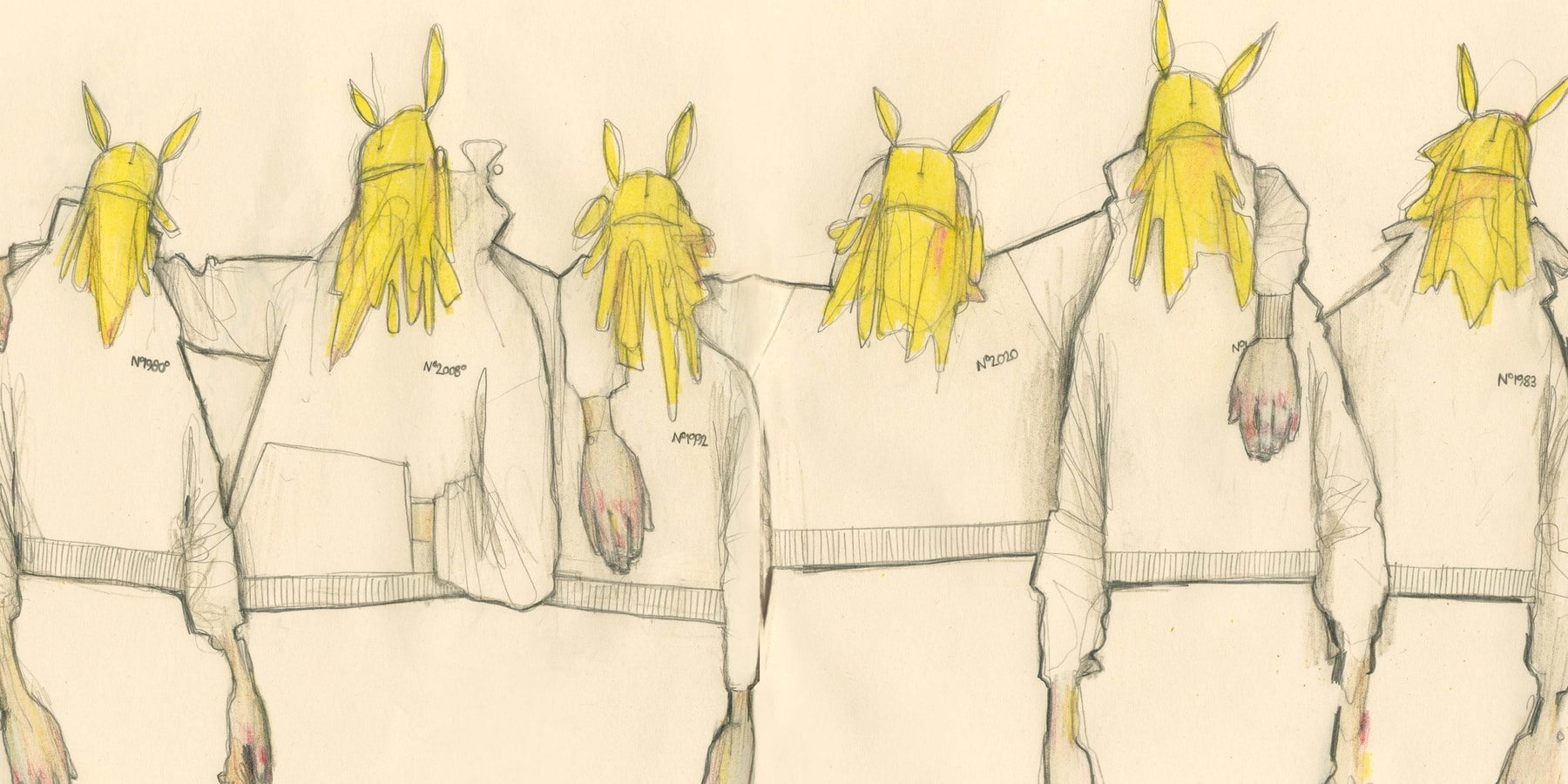
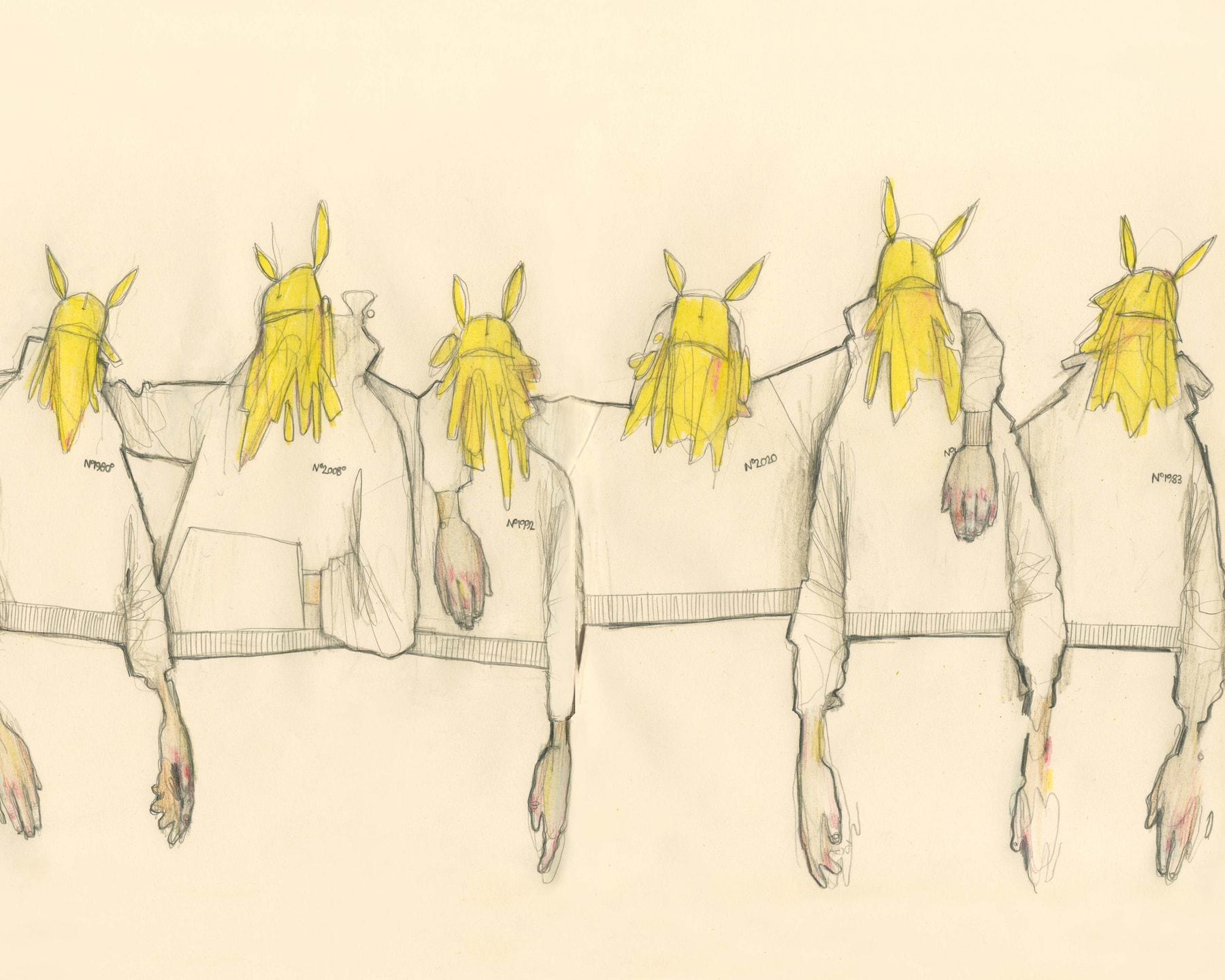
In 1992, a 12-year-old Aitor Throup moved with his family to the small northern district of Burnley— with a population of under 100,000—in Lancashire, England.
The town of mills and brick, remnants of England’s Industrial Revolution, was a stark contrast to the Spanish-speaking capitals (first Buenos Aires, then Madrid) where Throup spent his earlier years. With that contrast came the challenges of language, friends and culture. But for the imaginative young Throup, there were also positives. Open space, opportunity and the energy of a passionate football culture helped pique an interest in avant-garde fashion, inspiring work like his Royal College of Art graduate collection, When Football Hooligans Become Hindu Gods.
In 2004 Throup left northern England for London, where he started his eponymous A.T. Studio, then later continued to Amsterdam for G-STAR. As his work progressed, contrasts, like those that he had confronted in his youth, became fixtures of his career. His collections, few and far between, were quick to sell out. Despite a personal distaste for cyclical fashion, his work garnered continuous praise from the industry. He developed a meticulous design manifesto, adhering to its principles, all the while creating products that bordered on works of art.
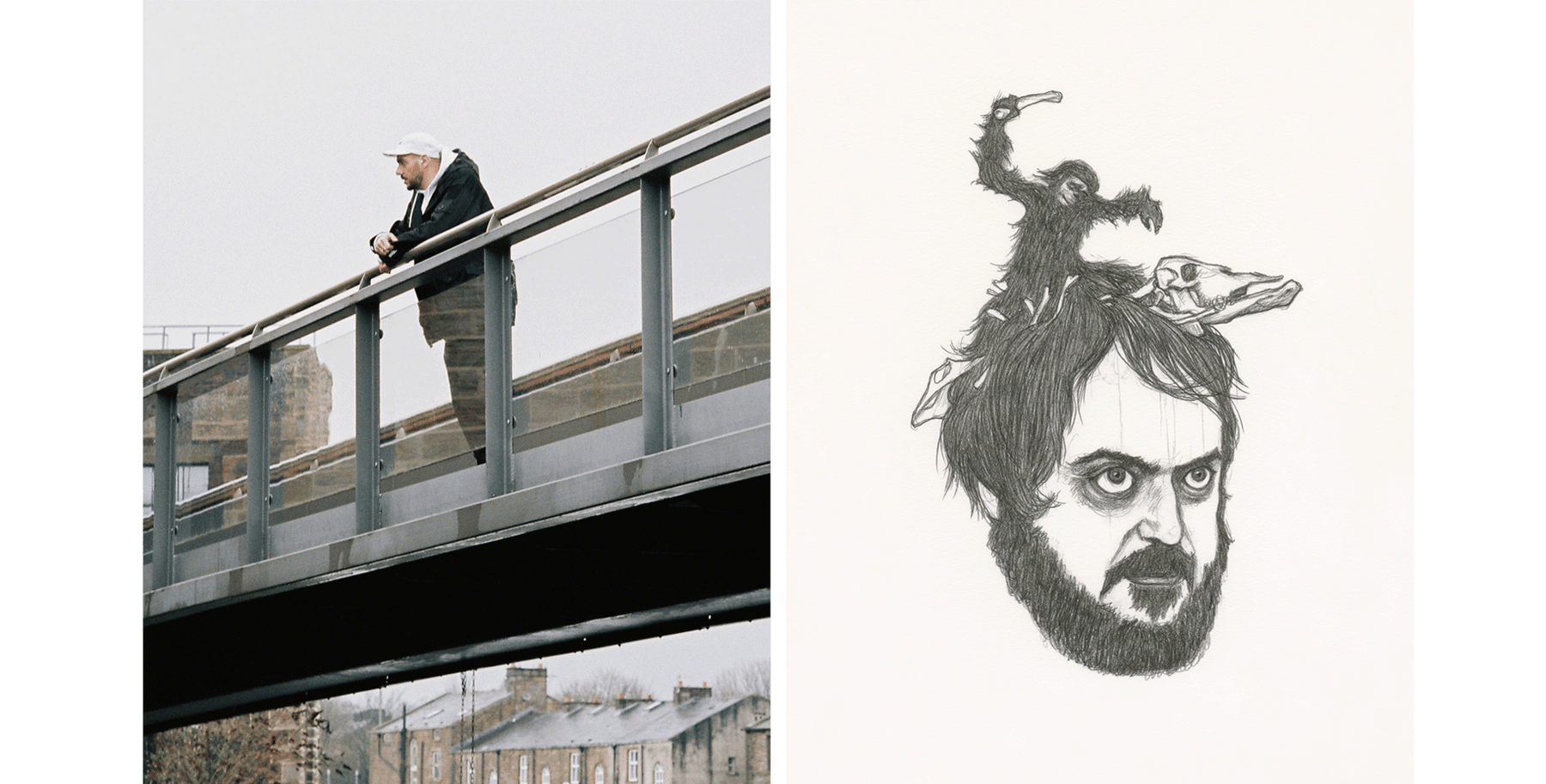
Defined by those juxtapositions, nearly 30 years after his first arrival in Burnley, Throup has forsaken prominent European cities and returned to the English town to create a cutting-edge studio in a storybook setting. This time the move is, by his own volition, a personal mission to break down left-brain boundaries and rediscover his inner-child—a persona with a love of drawing, toys and comic books that Throup credits for some of his most recognizable work, including his library of sketches, sculptural displays and transforming garments.
Having just completed his workspace along the canal and reformed his team, Throup is preparing to launch The DSA, a streetwear-forward line featuring his drawings, along with a second, as-yet-unnamed multidisciplinary exploration involving clothing, music and sculpture. Amid this whirlwind, he paused from his workday to reflect on his move, the new studio and the evolution of his prodigious creativity.
Can we set the stage? Let’s talk about Burnley in your formative years. You just arrived from Madrid…
When I think back now, I think, wow, that was such a real contrast, but when I was in it, I really didn’t connect with feelings I had. I don’t remember it as a contrast between big, cosmopolitan Latin cities, and a gray and dark, working-class, small town in England. I remember things like the smell of the rain, the feeling of the wet grass and the wet dew. I remember the small houses. The Britishness, for me, was a positive contrast. I felt like I could be bigger than things. I could create. I still see Burnley like that. I see small towns as places of potential and possibility.
I’m sure there were challenges as well.
I’d recently turned 12 years old and, as someone who had just come from Madrid, I couldn’t speak English. I was the new boy. It was tough, man. I was bullied and picked on.
It’s allowed me to understand the true nature of identity because, when you boil it down, the situation was about me being a minority in a place where everyone can identify with themselves through language, nationality, skin color, even cultural nuances beyond language, behavioral patterns, etc.
I simply had to adapt and master those things to survive in that environment. I feel very much British. The reason why I think that’s important is because I feel like that formed my perspective and it allowed me to feel and to identify with Burnley, to identify with Britain, but also to identify with Argentina and Spain, and to realize you can identify with more than one country. We’re just human beings. We’re all the same.

Do you point to the opportunities and challenges of Burnley as helping to define your creativity?
It’s not as clear-cut as that, really. There were three activities that I did as a kid: draw, play with my toys and read comic books. These were all different versions of activating the same muscle, of using my imagination. Even when I played with toys—GI Joe or Star Wars figures or whatever—it had as much influence on my work as a designer as drawing. I had these little figures floating in the air, falling in slow motion, and I would be like the camera. These figures are falling beautifully and gracefully; I’m moving each limb and each joint like The Matrix, just dramatic and poetic and beautiful. I was creating worlds.
When I talk about my creativity in my childhood—it was that. I was in deep training for the work I do now. It’s not like I withdrew and became an artist to express myself because I was bullied. No. I was always drawing. I was always reading comic books and I was always playing with my toys. I still do. I love figures. Honestly, I think my products are like toys. I want them to transform. I want to take that accessory off and for it to become something else, and to do something that means something.“My products are like toys. I want them to transform. I want to take that accessory off and for it to become something else, and to do something that means something.”
And there was the football aspect of the city.
Being able to experience football so directly in this small town and being able to go to a football match— for the first time in my life—had a big impact on me. I remember being really fascinated by the uniform that these men were wearing.
I was seeing men in hoods with goggles before it was seen on the street like it is now. That was a weird thing. These wonderful jackets that changed color and lit up like my toys—they were like comic book characters. I just loved that juxtaposition of these very macho men in very creatively expressive garments, almost like neon peacocks.
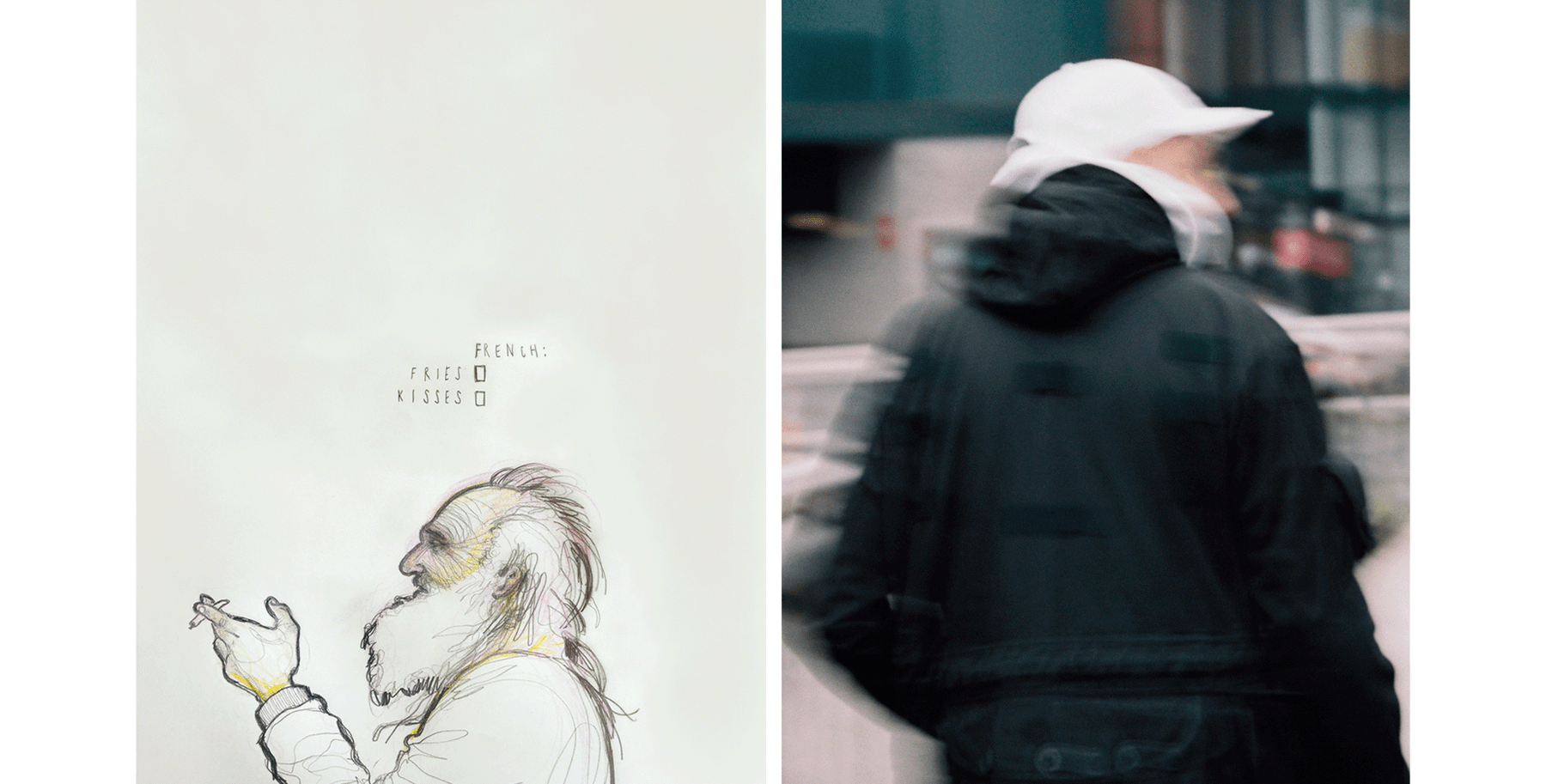
Do you have a specific memory of that scene?
My earliest memory that really gave me that feeling of inspiration or fascination was a [C.P Company] jacket. That effect is still there. Over the years, I analyzed what that effect was and it was a fundamental part of football subculture and the football hooligan. That’s like the football casual holy grail. I’ve had that exact feeling twice before in my life: once in Argentina and once in Spain.
In Argentina, I was about six years old and I remember, so vividly, a kid coming into this hall wearing a Goofy hat. He’d just been to Disneyland or whatever, and I was obsessed with this hat. I thought it was the most beautiful object ever. It’s not even like I needed it. I was just happy that it existed. It moved me.
If you fast forward a few years to when Tim Burton did his first Batman movie. I remember watching it at the cinema in Madrid. There was that moment when Michael Keaton is in the Batcave, looking at the bat mask, and it’s an empty, hollow, three-dimensional representation of his face and his facial features: exaggerated pointy eyebrows integrated into this beautiful, rubber-molded object.
Those three objects planted the seed. It’s like an essence in my work. It’s a fascination, it’s an obsession. They are objects designed to interact with the human body, but when they’re not interacting with the human body, they’re inanimate objects which have their own identity. They have a soul.
I originally wanted to ask whether moving to Burnley was a pushback against the cycle of fashion being so fast these days, but it sounds like there’s a lot more to it than that.
That question makes me realize that my dislike of seasonal fashion, my move to Burnley and any aspect of my work are the things that are cementing a constant statement, which is to be true to myself. They’re all expressions of that same sentiment. I think we all suffer from being in a system or in a program that’s a result of standardization. We end up stuck in this cycle. I think there’s a different version of us inside—the true self, the inner spirit, the inner child—and they’re just quietly away in there. The further you get from that truth, the more problems you have.
The term “disruptive” becomes relevant. If you feel like doing something disruptive, it’s really because you’re doing something that is right for you. Through that authenticity, you drive your own authenticity. It’s not like I’m moving back to Burnley because I don’t like fashion. It’s more like, I’m just being me.
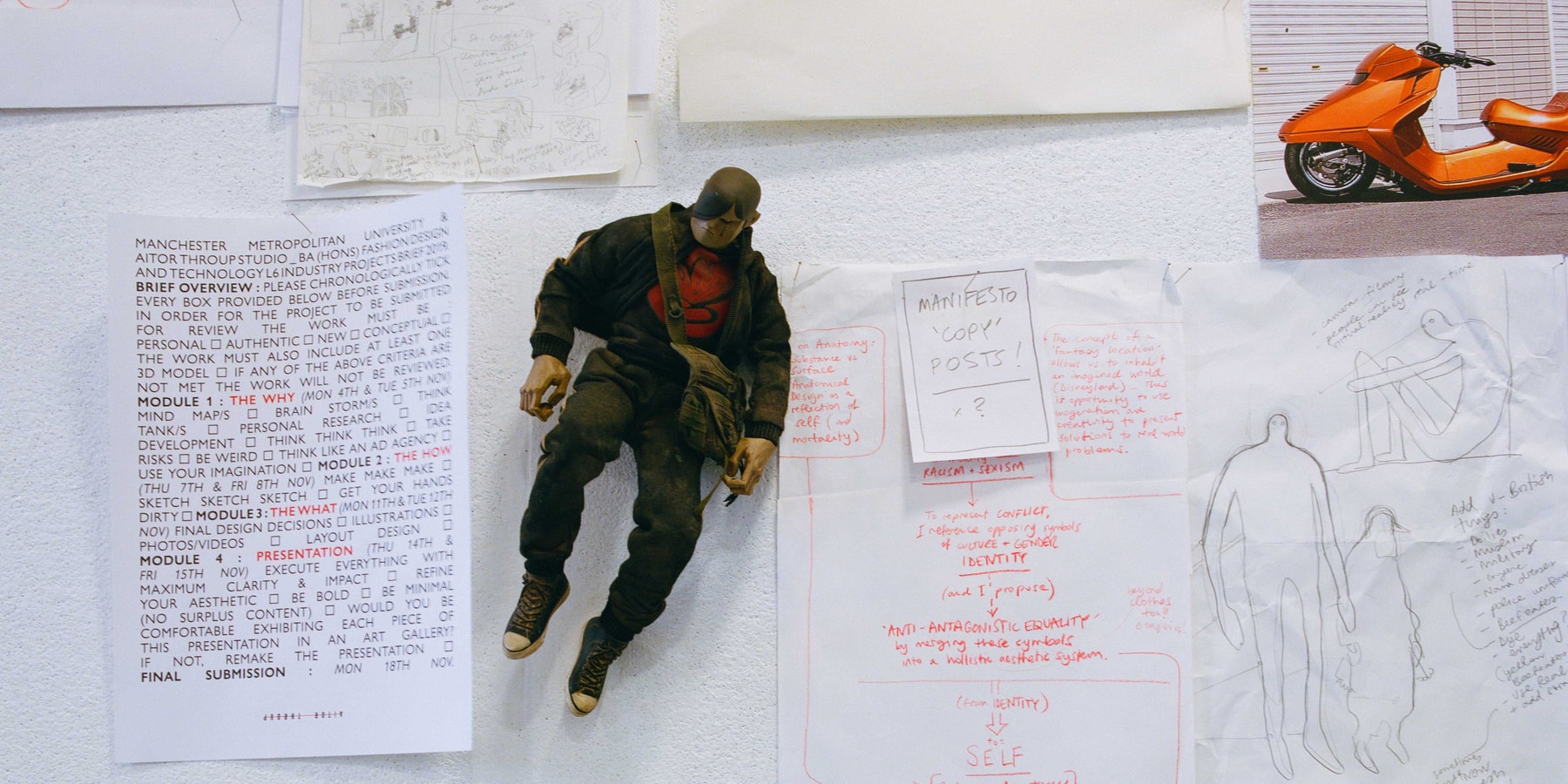
So what was that process like to say, “I’m ready to come home, but now I need a home for my work”?
It happened quite easily. This particular building came up and it’s like I had manifested it in my imagination. It’s the ideal place. I would say it’s the most iconic and beautiful building in Burnley and it represents its industrial heritage. It’s a Victorian building built in 1848. It’s called Slater Terrace.
The Industrial Revolution was basically initiated in the north of England. Burnley was the epicenter of cotton production. There’s a concentrated area of mills and warehouses in Burnley called the Weavers’ Triangle. You see these huge, big industrial chimneys and these beautiful brick buildings and stone brick mills—elegant, amazing pieces of architecture, absolutely timeless and representative of the working class, but also very forward-thinking for the time.
The most beautiful mill, Slater Terrace, has been completely re-developed. It was gutted out and cleaned up and it’s this open plan with huge units, with smaller units around the side, which were called terraced houses. So you see this huge Victorian building with a huge chimney coming out of it, but on one side, there’s a row of eleven terraced houses and on the other side, the building’s coming out of the canal. I’m looking at the water right now out my window: this canal is the Leeds to Liverpool canal, which is in itself an iconic part of the Burnley landscape.

What’s it like inside?
It was just two huge spaces that were open plan, and I was a bit overwhelmed by it at first. I didn’t really know how I was going to figure it out. I had a few meetings with the owner of the building and he was really supportive and allowed me to redesign the architecture. We’ve been able to create this amazing space where you feel like you’re inside this historical, listed building but in a very modernist setting. The environment basically ensures a real fluid workflow between all of the different processes that we have within the studio.
Your design work is super meticulous and detail oriented. What was your approach to designing this space and how long did it take to sort it all out?
We had to do the practical and pragmatic version, obviously. I guess I’m working towards the moment where I can fully, from scratch, design every detail of my own house. I’m not there yet and I think the moment when that happens, it would be a very different answer to that question. This was a beautiful opportunity but an opportunity to solve a practical problem. We had to do it quickly because we had to get to work.
I’d love for you to talk about emotional characteristics of the space as well. Is it a big change from your London set-up?
I had a wonderful space in London. I also had a great landlord who’s also my friend, Hardy, who runs Maharishi. It was his old studio and he allowed me to also re-architecture the inside of it and paint everything white. I really enjoyed it, but I guess we outgrew it. The ideas outgrew it and we needed something not just bigger physically, but maybe, as you’re suggesting, bigger emotionally.
I think the height helps here. The main space when you come in is the double height with an original arched ceiling. It’s beautiful timeless engineering in itself. It’s just so inspiring every time you walk in. The physicality helps you emotionally. Compared to London, it’s quieter. It’s calmer. There are fewer distractions, and I think that we all feel much more focused. In London, I sometimes felt suffocated by the energy of other people.
This is the thing. When I left Amsterdam and I decided to come to Burnley—this doesn’t make any sense, either—I decided to start the team again. All of a sudden, I was alone for the first time in years. It was just me looking for a studio—which seems crazy now, but it allowed me to reapply my learnings to a new start and not be weighed down by certain things that I’d learned to do, in a better way, a more positive way.
Building the new team here has been a real challenge, but it’s been great to know that if you have something genuine, fundamentally honest and exciting, then people are prepared to relocate to sunny Burnley and experience a completely different life to what you would perhaps associate with a really progressive, conceptual design studio. That juxtaposition and the setting of the studio actually makes a lot of sense to people.
Are there any challenges with being geographically removed?
I still get to dip my toe in the big city and other cities. I still travel. I have different reasons to travel, not just to London but also beyond. I think it’s a much healthier way to be able to experience those things. It is drastically different. I don’t miss it. I do think that towns like Burnley can become symbols of progress in this post-Brexit era. We can make things happen in small towns in Britain and that applies anywhere.
“I think there’s a different version of us inside—the true self, the inner spirit, the inner child. The further you get from that truth, the more problems you have.”Can you talk about that confidence in the context of restarting the studio and getting ready to drop your two upcoming projects? It’s a big year for you.
Again, contrast. Everything I’m trying to do is basically an expression of that. It’s also the left brain, the right brain, the serious, the fun, the spirit and the mind. The overthinking mind and the free spirit. It’s mad because I think my trajectory and my past and current processes are defined by this contrast and acceptance of two things that could very easily conflict and contradict themselves.
The shoulder construction that we have in the new project is the same shoulder construction that I started developing 15 years ago, when I was doing my master’s degree. The very first components of this project are 15 years in the making, which have progressed through every single project I’ve ever done. Just to contextualize, 15 years in the making for these two projects and, all of a sudden, we find the sweet spot; I decide to come back to Burnley and launch expressions of this inward journey in the chaos of the world.
The moment I figured out an aesthetic system, a design language, a concept and experience to imitate the emotion of manifesting your inner self in this chaotic external world, a global pandemic happens. It’s like wow, what a crazy, perfectly apt backdrop for this narrative.
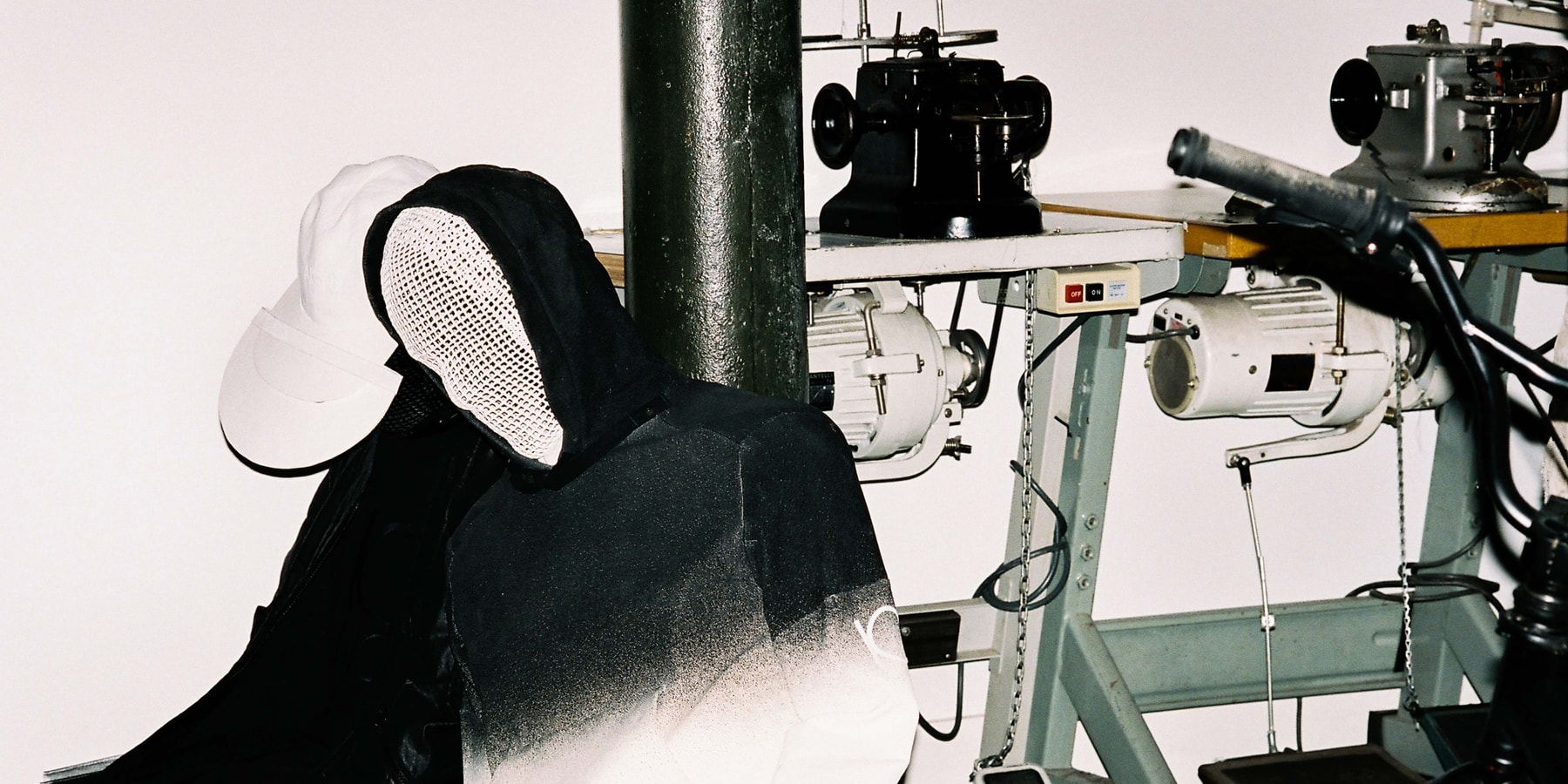
THIS STORY WAS ORIGINALLY PUBLISHED IN HYPEBEAST MAGAZINE ISSUE 29: THE NEW ISSUE AS “AITOR THROUP’S HOMECOMING.” PICK UP A COPY HERE.



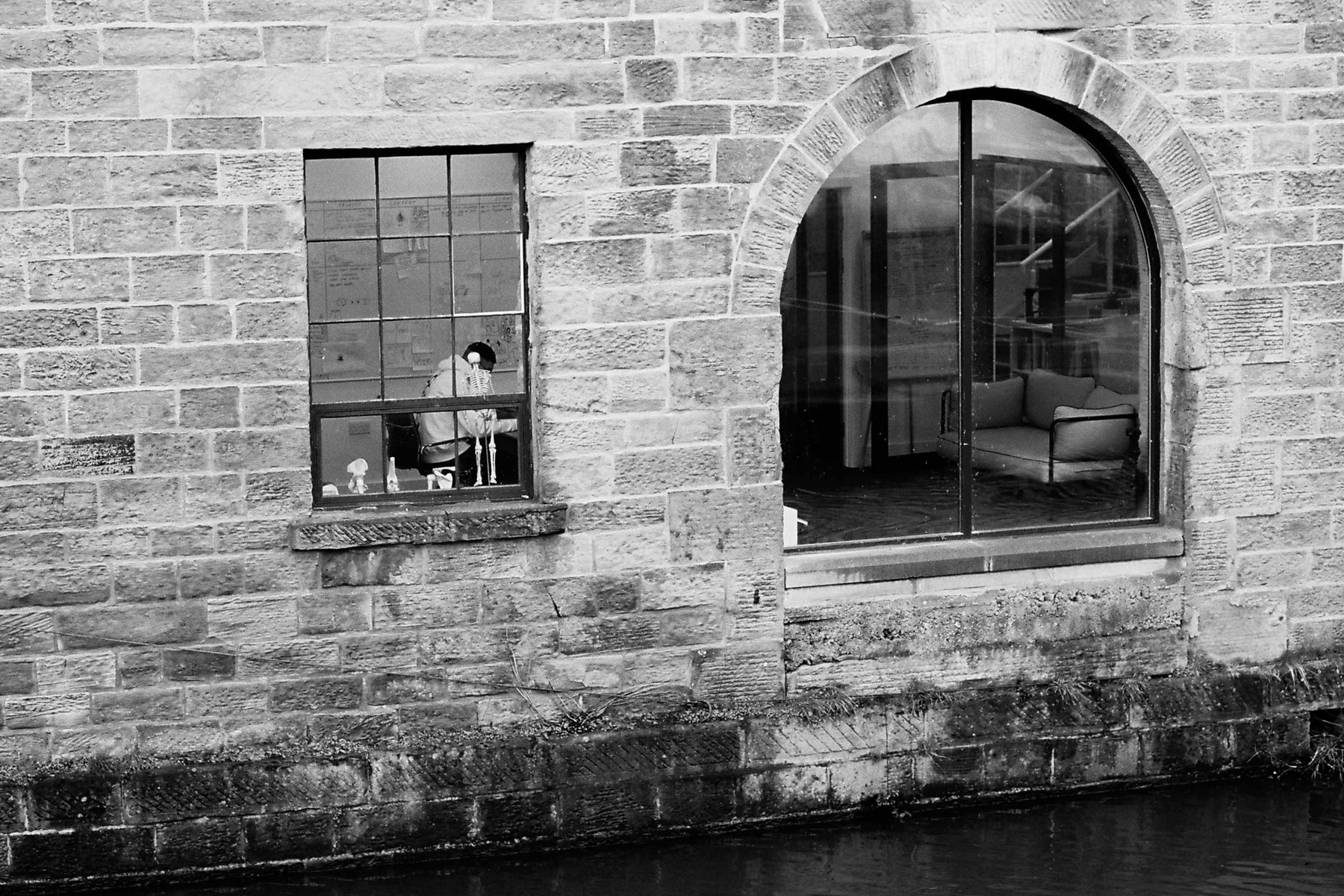
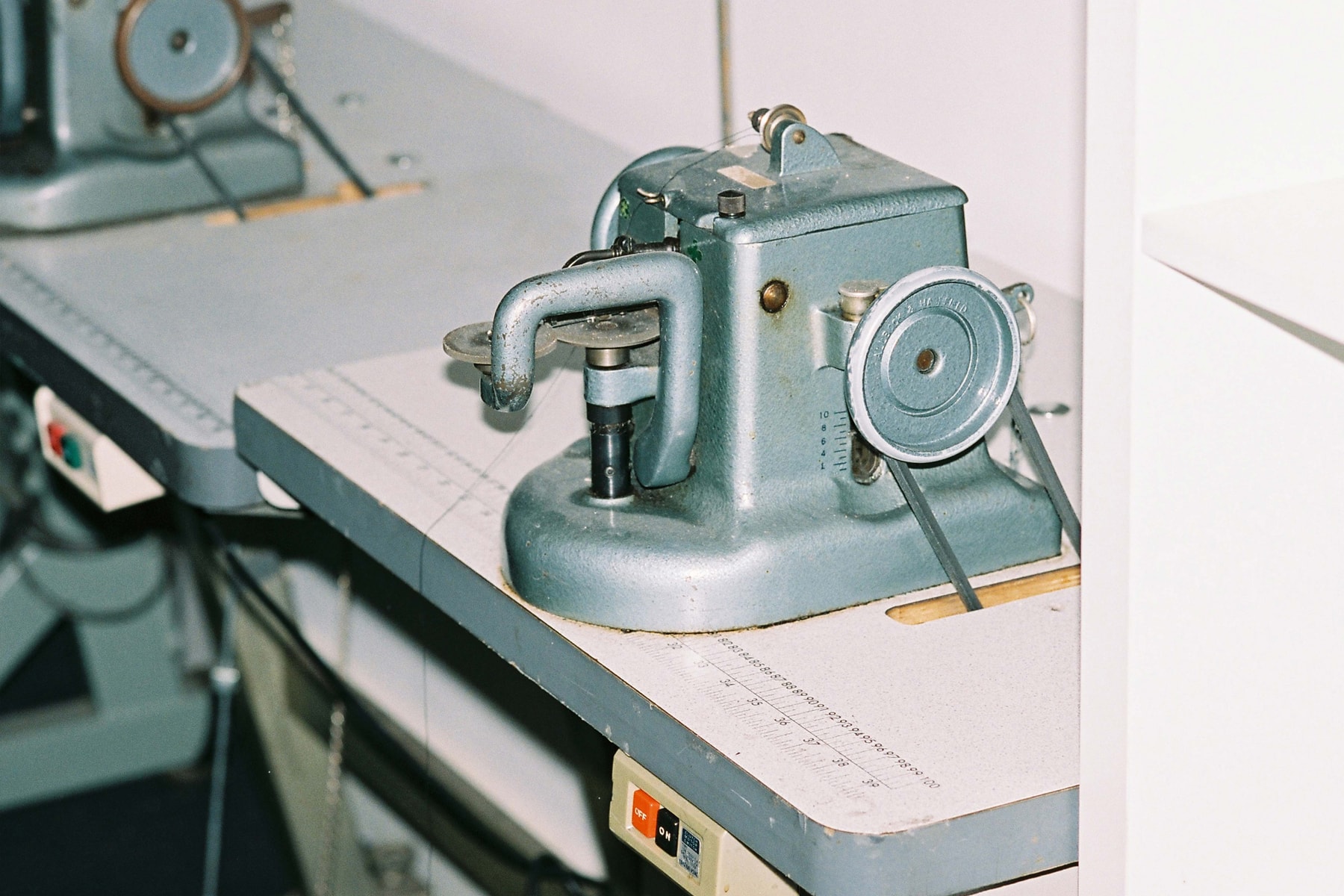
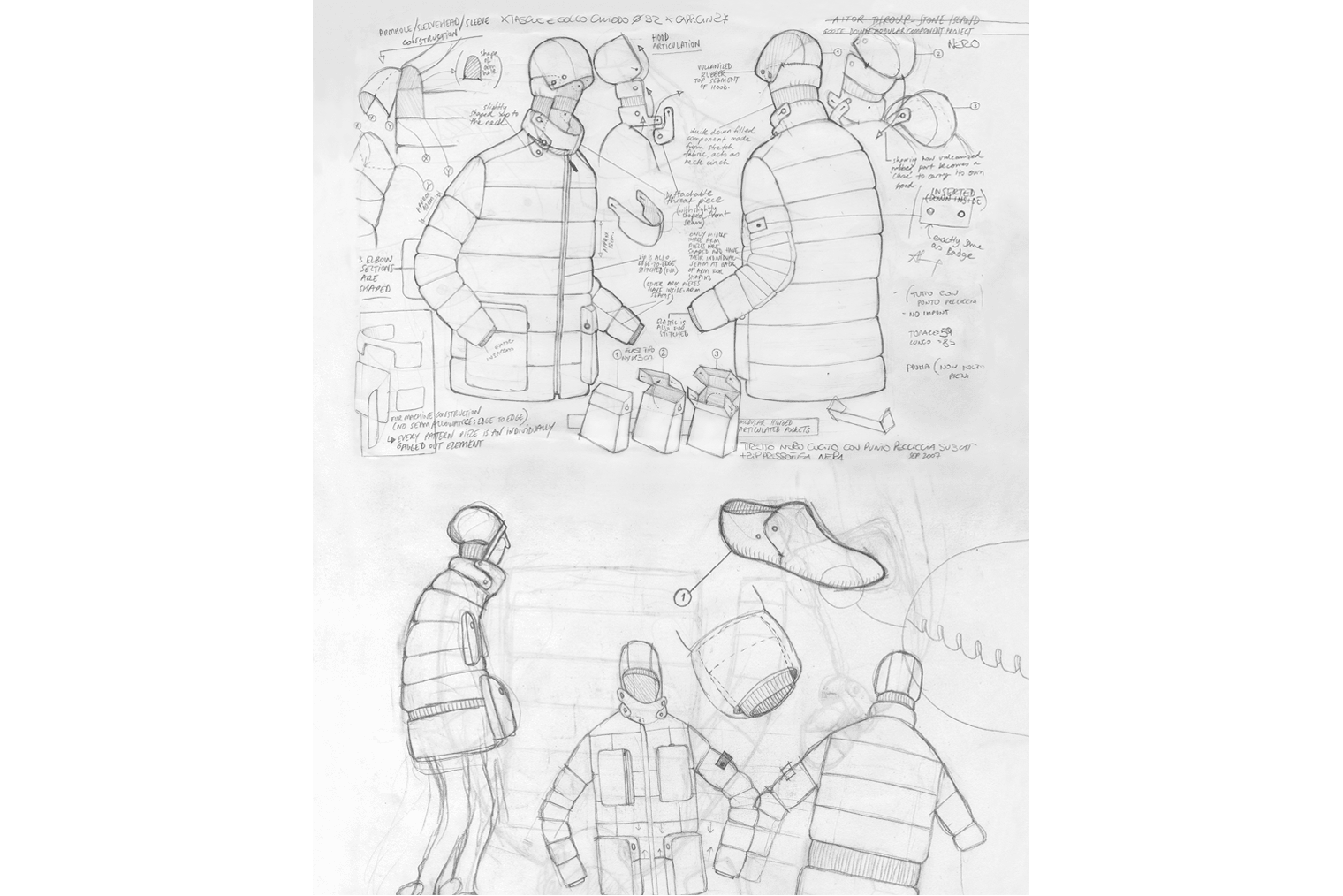
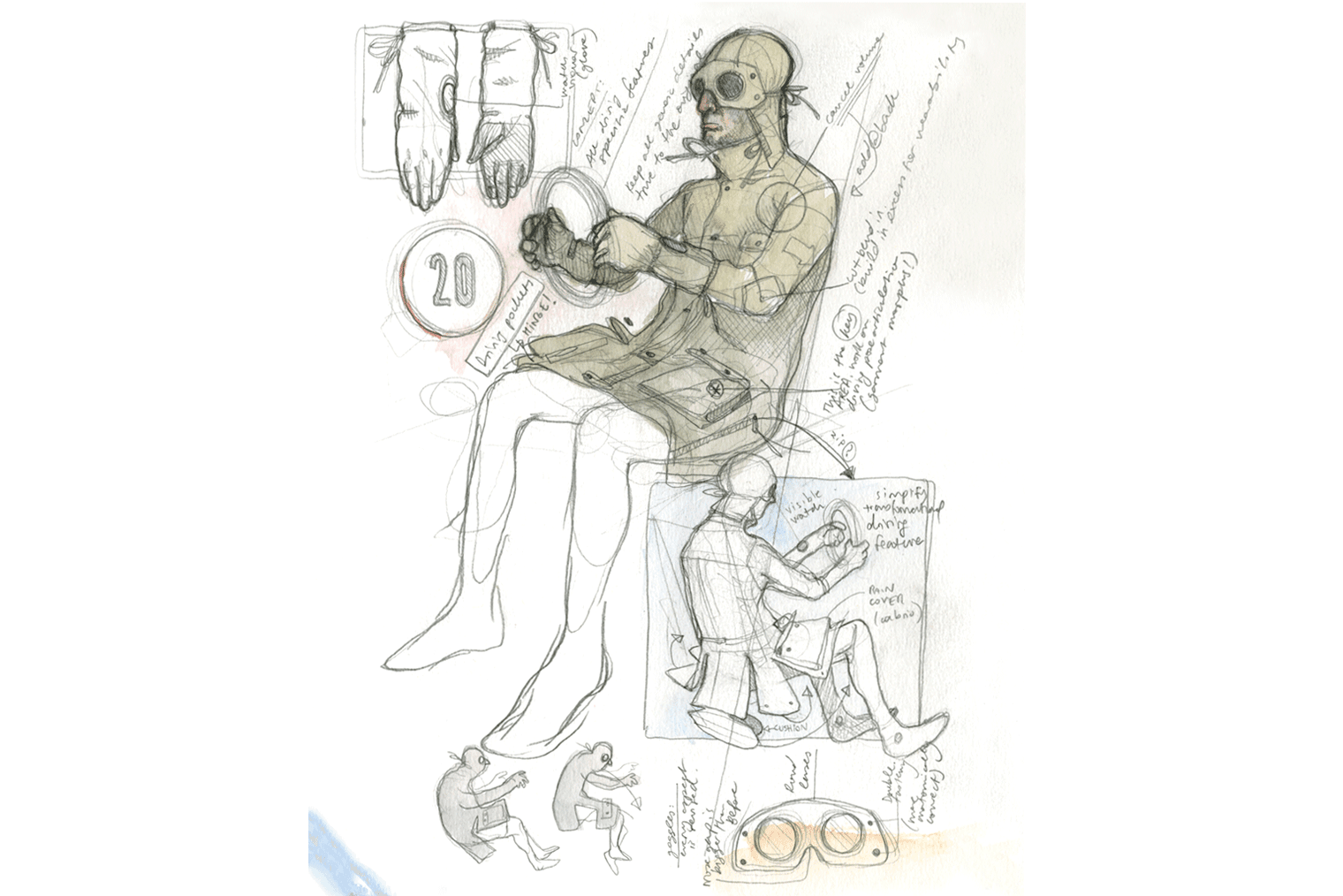



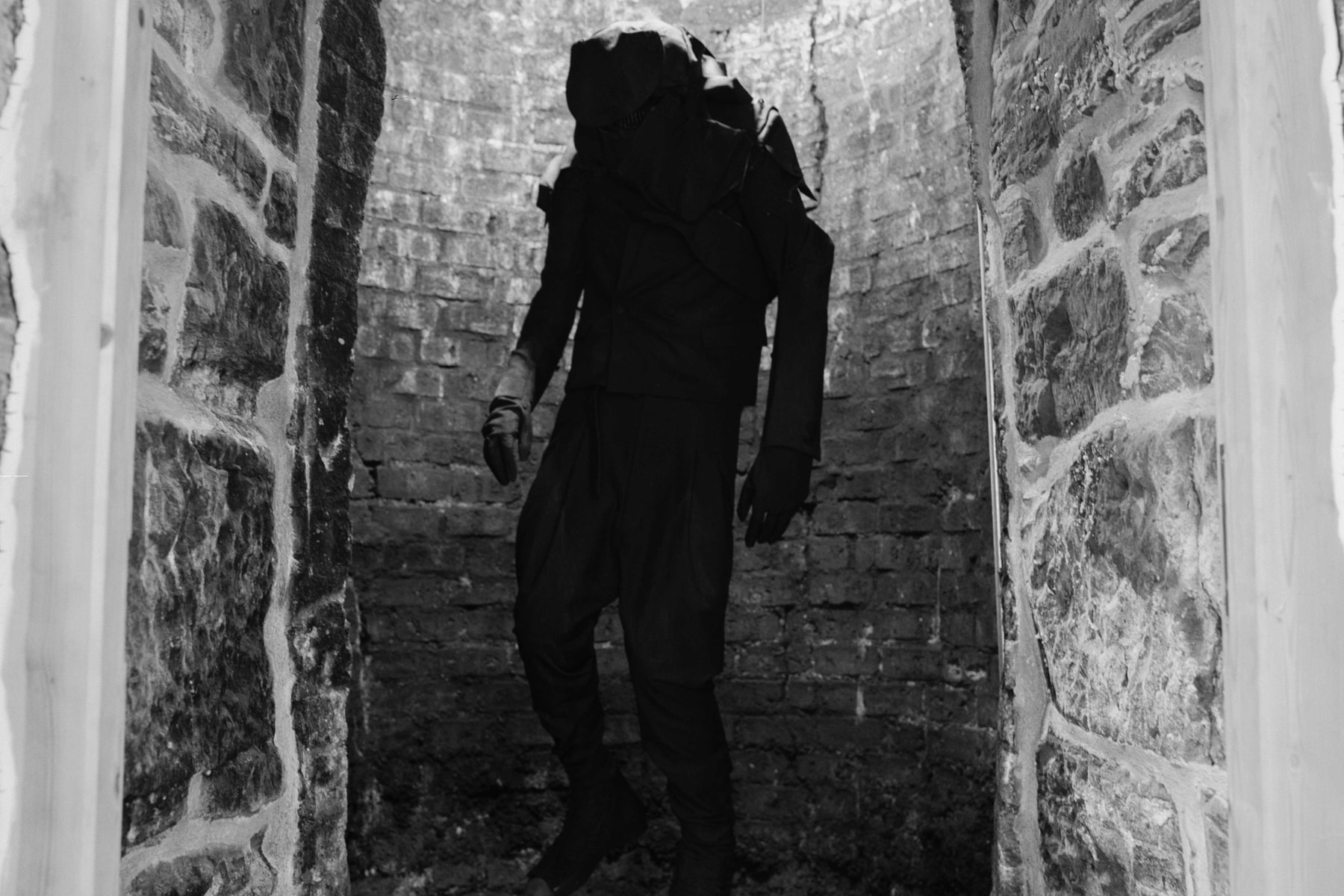
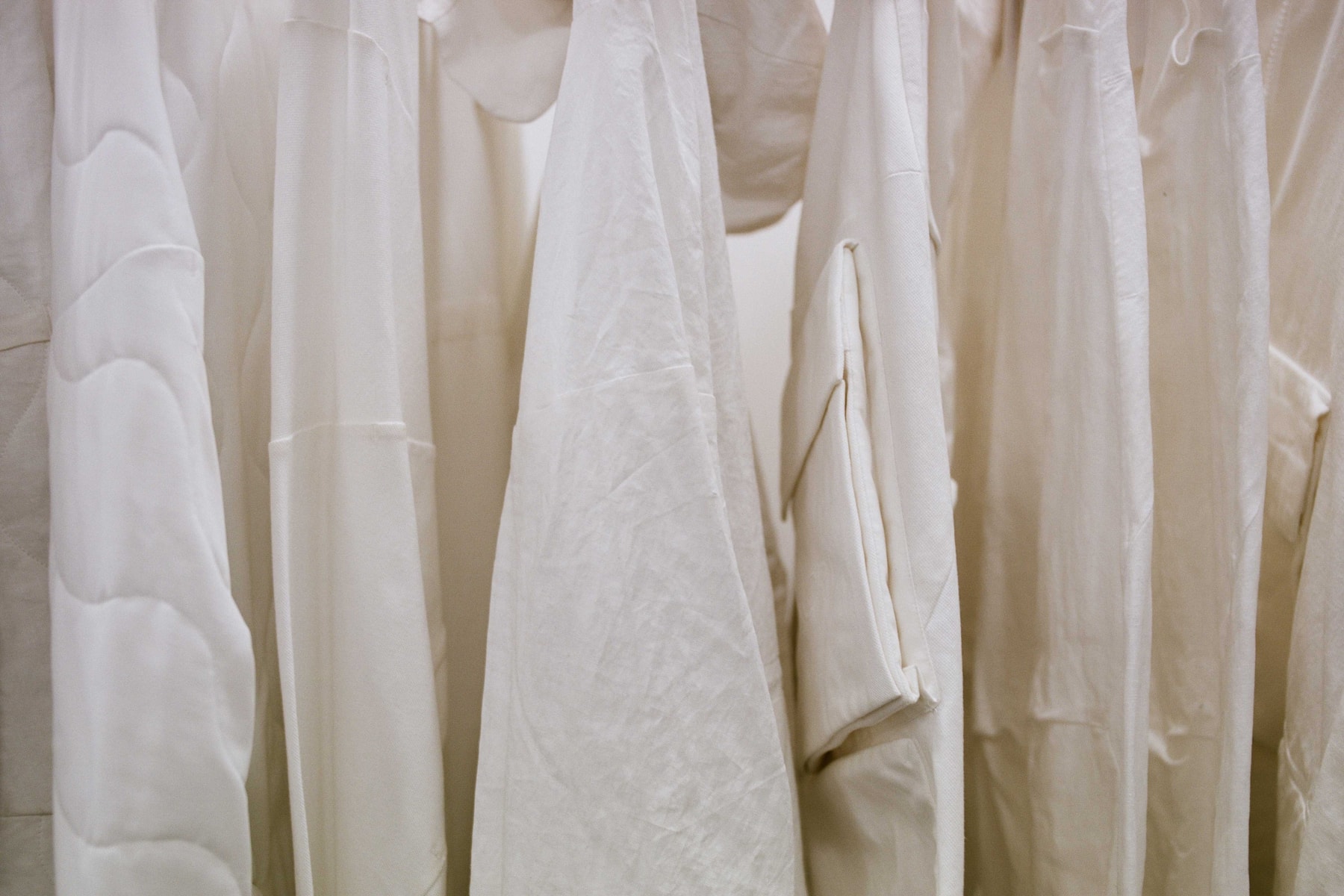



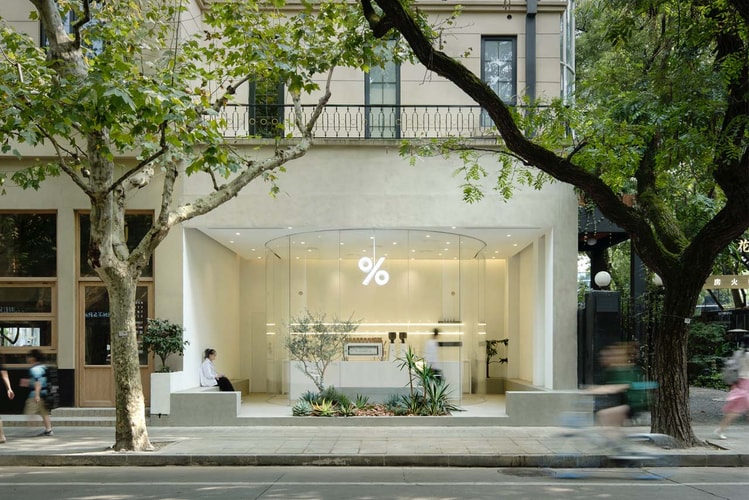



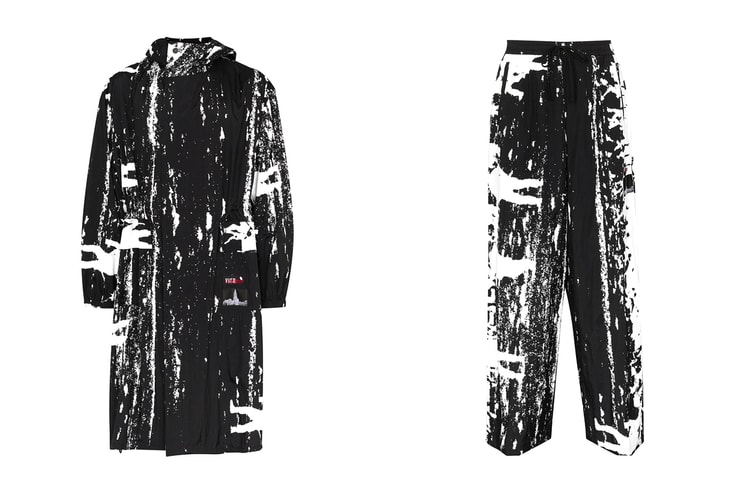

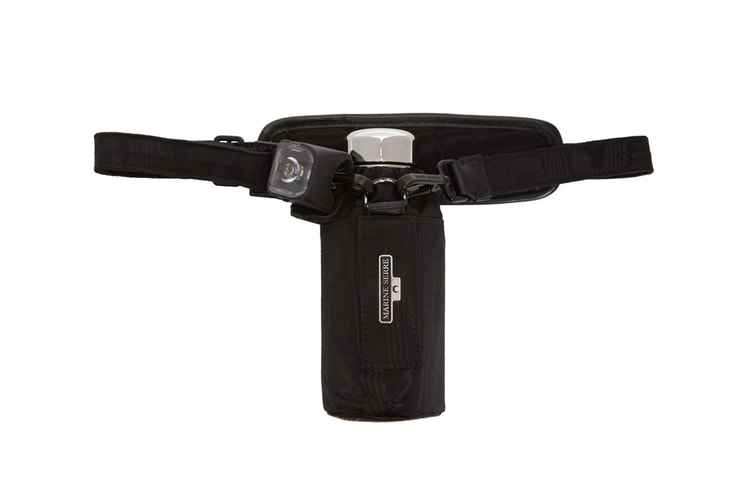
Photographer
Mikey Massey